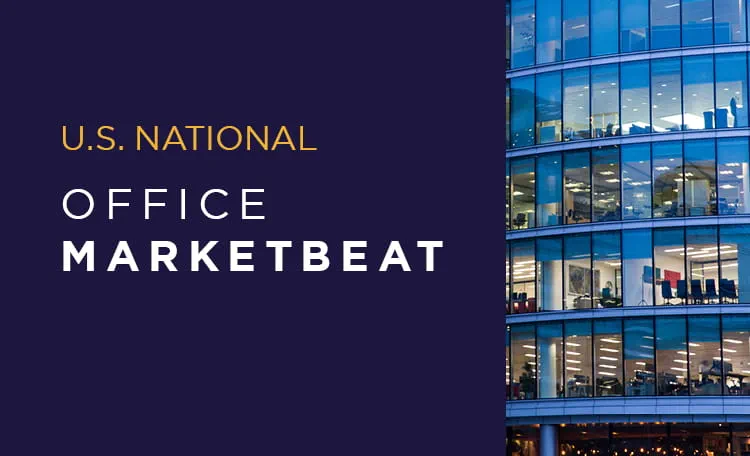For the data behind the commentary, download the full Q1 2025 U.S. Hospitality Report.
Q1 2025 Hospitality Key Trends
- Impact of Restrictive Policies on International Arrivals: The U.S. hotel industry faces potential effects from the new administration’s immigration and trade policies, which may deter international travelers. Proposed travel bans and heightened visa scrutiny are slowing processing times. This, coupled with rising trade tensions with key markets like Canada and Europe, could decrease international arrivals and hurt hotel occupancy rates and revenues, especially in gateway cities reliant on foreign visitors.
- Moderated Growth Amid Economic Uncertainty: The U.S. hotel industry experienced a RevPAR growth of 2.4% year-over-year (YOY) in Q1 2025, up from 1.9% in Q4 2024. The latest forecast from CoStar Group and Tourism Economics projects 2025 RevPAR growth to be 1.8%, primarily driven by a 1.6% increase in ADR. Growth is likely to be tempered by economic uncertainty and cautious consumer spending limiting demand, particularly in the leisure travel segment.
- Shift Toward Meeting and Group Travel: As leisure travel softens, the industry is seeing stronger demand from group and corporate travelers. Through February 2025, group RevPAR increased by 5.7%, driven by a 3.7% growth in ADR. However, in markets with a heavy government presence, cancellations are rising.
- Middle of the P&L Challenges: Recent increases in labor costs, insurance, property taxes and utilities have pressured operating margins. Policy-driven expense pressures and potential regulatory changes are creating concerns for near-term margin expansion. These challenges are particularly pronounced in the middle of the P&L statement, where operating costs are most acutely felt.
- Liquid Debt Markets at a Cost: The CMBS market continues to provide liquidity for cash flowing hotels. Banks and life companies are selectively lending on deals with strong sponsors mostly for existing relationships. Debt funds are a great avenue for higher leverage, more flexible prepayment or transitional assets. There are ample lending options, but the cost of debt remains elevated.
For the data behind the commentary, download the full Q1 2025 U.S. Hospitality Report.





